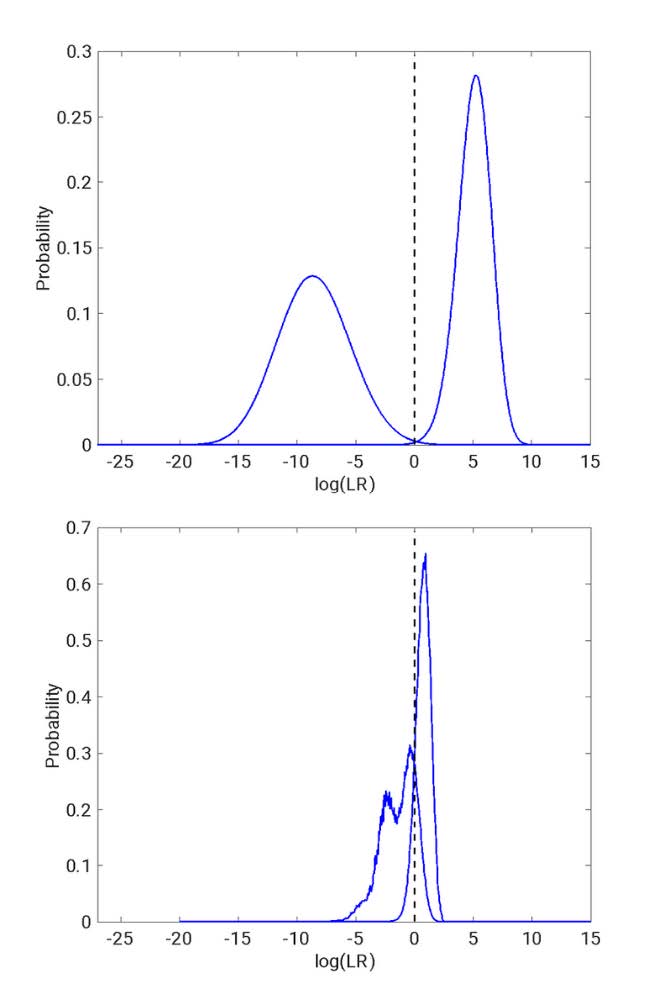Back to Newsroom
11-Apr-2025
Massachusetts v. Edward Wright - why TrueAllele outperforms other software
Edward Wright "has been wrongfully incarcerated for more than 40 years for a murder he did not commit," according to the New England Innocence Project (NEIP). In working to secure Wright's exoneration, TrueAllele® and some other probabilistic genotyping (OPG) program were both used to examine the same DNA data from a washcloth. This foreign OPG software, called STRmix™, was developed ten years after Made in America TrueAllele was invented.
The two PG programs both statistically excluded Wright from the washcloth, but they differed in the strength of their conclusions. TrueAllele gave a strong exclusionary match statistic, or likelihood ratio (LR), of 1 over 475 million. The OPG's LR was 1/6.5, a hundred million times weaker. Why did the OPG fail to get the full DNA match information?
TrueAllele's LR distribution curves are widely separated, thus able to accurately distinguish match (right) from nonmatch (left) LR scores (Figure A). But the OPG's curves collapse toward zero and overlap (Figure B); they cannot make that match distinction 7% of the time. The OPG's LR value falls in the curve overlap region. By using far more DNA data, TrueAllele can get far more match information.

On Friday, April 11, 2025, the Court overturned the conviction of Edward Wright. "Judge Bucci found that the prosecution knowingly and intentionally withheld 'significant' exculpatory evidence of a break-in to the crime scene." Building on their success in Wright's sixth motion for a new trial, the NEIP is now seeking his release from prison.
